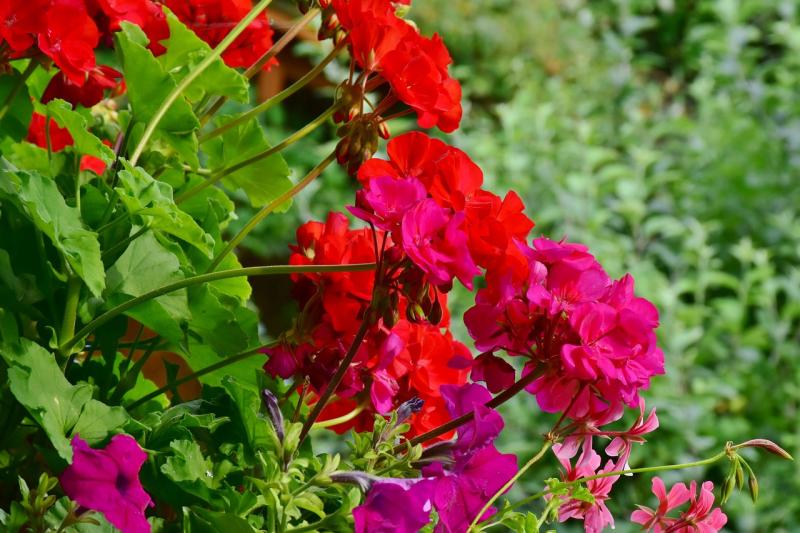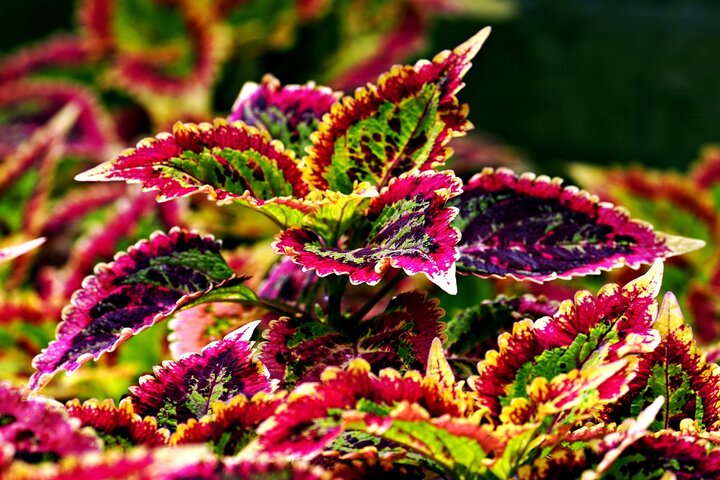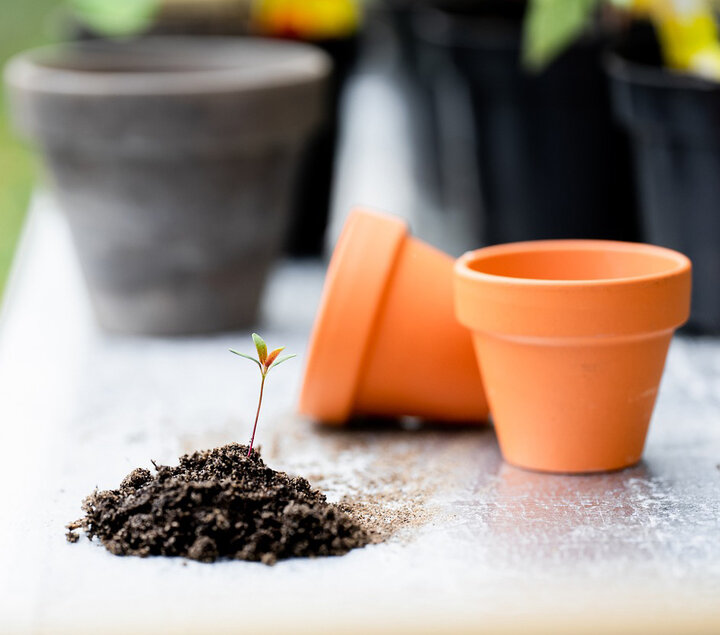Sarah Browning, Nebraska Extension Educator

Geraniums are easy to root and a great plant choice for propagation. Image by Pixabay.com
It's hard to believe while we endure 90+ degree temperatures, that fall and winter are coming. But before your garden gets too far down the road toward fall, take a moment and decide if there are any plants you would like to propagate for your 2014 garden. Propagating plants through stem cuttings is easy to do, and can save you money next year as you plant the garden. Two plants that are very easy to propagate through stem cuttings are geraniums and coleus.

Get Your Supplies Ready
Begin the process of propagation by choosing a good rooting media and buying a rooting hormone. Sand, perlite, peat moss or vermiculite are all components of a good rooting media, especially when mixed up in a 50/50 combination mixture; sand-perlite, perlite-peat moss, sand-peat moss, sand-vermiculite. The rooting media should be porous, well drained and heavy enough to firmly hold the cuttings upright.
Rooting hormones are most commonly available as a powder. Several common brands are available through nurseries and garden centers.

Finally, choose a rooting container for the cuttings in that has drainage holes and is small enough a gallon-sized Ziploc bag will fit over the top.
Taking Your Cuttings
Cuttings should be taken from the parent plants in late summer before the first killing frost, so anytime in September is ideal. To take your cuttings, use a sharp knife and remove approximately six inches of stem from the healthiest growing tips of your plants.
Remove all leaves from the lower half of the cutting, and pinch off any flowers or flower buds. Next, dip the stem's cut end in rooting hormone, then push the bare stem into the moistened rooting media.
Don't allow any leaves to lie on the soil surface, since this will cause them to rot, and make sure the cuttings don't touch each other in the container. Leaves that touch during propagation also frequently rot.
Once all the cuttings have been put into the rooting media, moisten the soil again and put the plastic bag over the top of the container. This will create a high level of humidity around the cutting's leaves, keeping them from wilting while new roots are being formed.
After Care
Place the container in a warm location that receives bright, but indirect sun. Avoid excessive heat or very hot direct sun. If water droplets form on the inside of the bag, remove it and allow it to dry out for several hours before replacing it.
Check the rooting medium for moisture every week, and add water as needed. The soil may stay fairly moist for several weeks before additional water is needed. Don't keep the soil too wet. If condensation occurs on the plastic bag, then your soil is plenty moist.
Plant the cuttings into small individual containers filled with a coarse, well-drained soil mix, when new roots are 1/2 to 1 inch long; this will usually take 3-4 weeks. Pot the cuttings at the same depth in the new container as they were in the rooting medium. Gradually move the plants into more direct light, watering and fertilizing them as needed throughout the remainder of the winter. If plants grow well, they may need to be transplanted into bigger containers during winter. They may also need trimming, if they grow too quickly, before they are planted outside.
Plan to harden your plants off before planting them outside next spring. Start the process 10 days to 2 weeks before planting, and begin by moving them outdoors to a shady spot for short periods. A cold frame works well for this purpose. Gradually leave them outside for longer periods, and move them into brighter sunlight. Reduce your watering frequency to slow their growth, but don't allow the plants to wilt. Once they can endure the outside conditions without wilting, they are ready for planting.
Images: by Pixabay.com
- Coleus are easy to root and a great plant to try for the beginning propagator.
- Choose rooting containers, like these small clay pots, small enough that a gallon plastic storage bag will fit over the top.